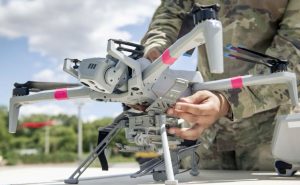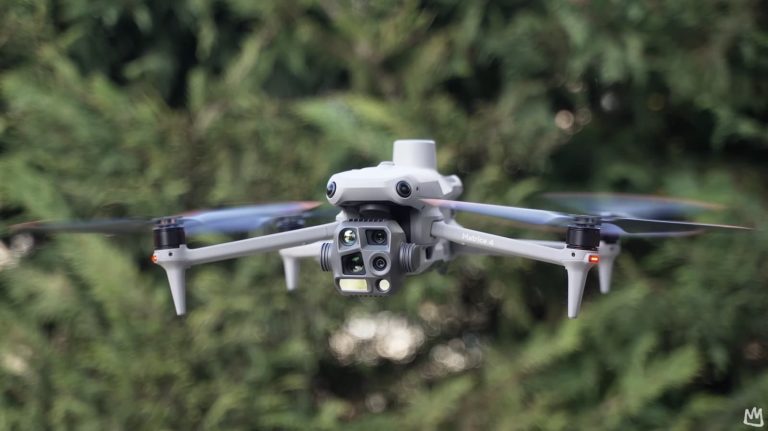A Call for Public Authorities to Prepare for the Emerging Drone Threat
In a recent report, the Counter Terrorism Preparedness Network (CTPN) has highlighted the urgent need for public authorities to prepare for the increasingly complex threat posed by unmanned aerial systems (UAS) in urban environments. The report emphasizes that hostile drones should be recognized as potential improvised explosive devices (IEDs) that could be triggered upon landing.
The European Commission has previously acknowledged the heightened potential for misuse of UAS, citing examples such as privacy breaches, espionage, telecommunications signal hijacking, and mass disruption through the carriage of biological or chemical agents.
Terrorist groups and lone actors are reportedly exploring ways to utilize UAS to achieve their objectives, taking inspiration from the battlefield use of drones by the so-called Islamic State group since 2017, as well as the reported increased aerial drone use by Hezbollah and Hamas in recent months.
The Accessibility and Potential Misuse of Consumer Drones
The availability of low-cost alternatives to military drones has created a ticking time bomb, necessitating a holistic approach to countering their misuse. Consumer drones can be easily converted into lethal weapons with simple modifications, and online guides and videos are readily available to demonstrate these processes. In addition to the terror threat, drones are also used for criminal activities such as bank heists and smuggling Contraband into prisons, while the risk of disruption to air travel persists.
Recommendations for Urban Planning and Protective Security
CTPN calls for a stronger relationship between urban planning and protective security, emphasizing the need to integrate the concept of securing the skies above urban areas into city strategies, from security to development. Identifying the right counter-UAS system is extremely nuanced and requires repeated testing to understand its full capability across various scenarios. Even then, a rogue drone could outsmart the system, especially when beyond the virtual line-of-sight or if a swarm is deployed.
Several projects are underway to address these concerns, including testing of C-UAS technologies by the UK National Protective Security Authority, the European Commission-funded Project COURAGEOUS, an INTERPOL project in Norway, and additional European Commission projects such as SKYFALL and DroneWISE. However, CTPN stresses the need for these initiatives to be translated and implemented at the local level.
Challenges and Considerations for Urban Environments
In urban environments, resourcing and staffing implications must be carefully considered. Some C-UAS systems require constant monitoring, while others only require operator attention when an incident occurs. Geofencing may be an effective prevention measure in some cases but would need to be supported by statutory legislation and laws.
Highly populated and changing civilian environments, such as city center squares, pose even greater challenges. The report cites the example of King Charles’ coronation in London, where drones were banned over central London, and Police had C-UAS capabilities in place. However, the threat remains, and it was a human eyeball rather than technology that spotted a small UAS flying in the restricted airspace.
Another challenge is clarifying the ownership of the airspace above cities and determining whether it is the responsibility of a local authority or the national civil aviation authority.
The Way Forward
CTPN emphasizes that the “speed, accuracy and conviction to intercept and/or immobilise hostile drones in urban environments is key to preventing an attack.” This requires an increase in both static and mobile C-UAS measures, as well as response drones that could be deployed for drone-to-drone combat. However, differentiating between legitimate and rogue drones will become more difficult yet more important as the airspace becomes increasingly crowded.
The report calls for local authorities to assess the threat posed by drones, identify likely target points, understand potential threat actors and their capabilities, determine which drones are likely to be used and how they would be flown, and analyze the findings to provide a scenario-based risk rating to inform further actions.
While the current threat of hostile drones in urban environments is relatively low, CTPN emphasizes the need to take it seriously now, as the landscape could be drastically different in 10 or 15 years. A multi-agency approach would enable cities and their authorities to stay ahead of the curve. The core challenge lies in achieving the necessary political buy-in, prioritization, and investment.





















+ There are no comments
Add yours